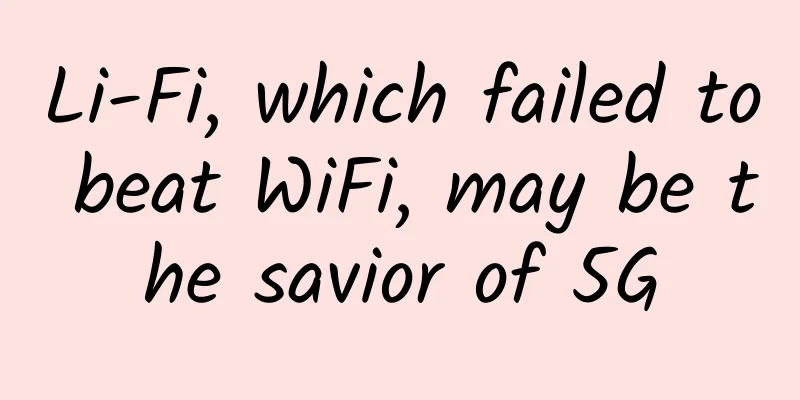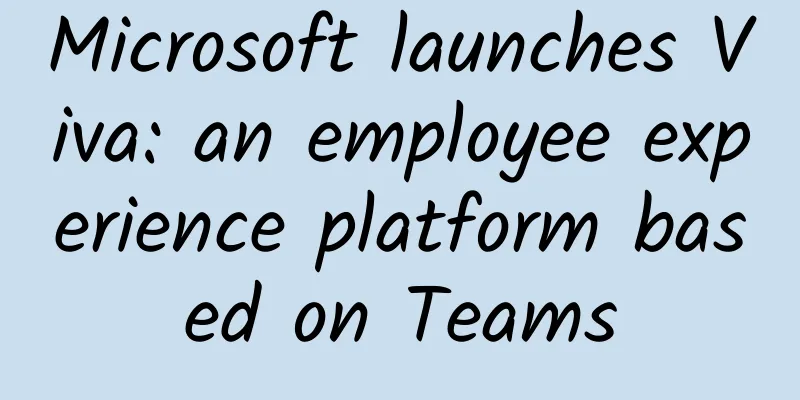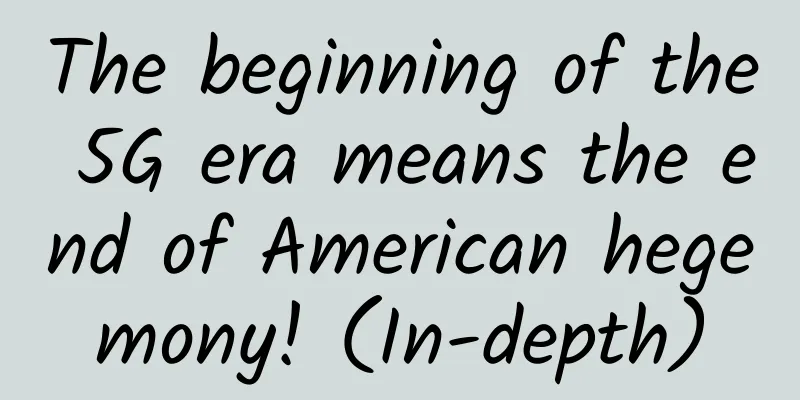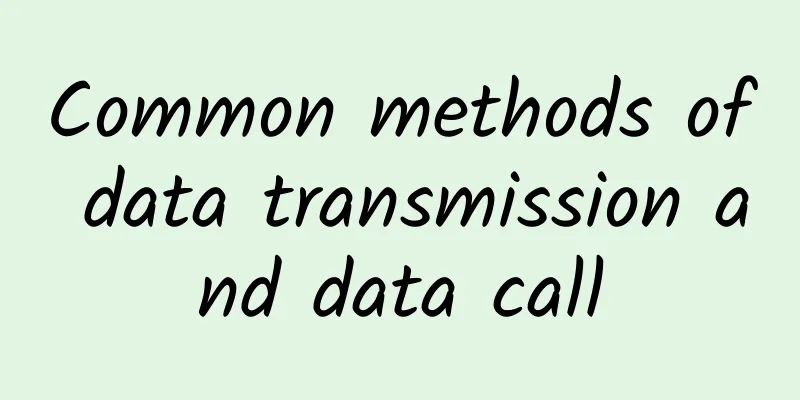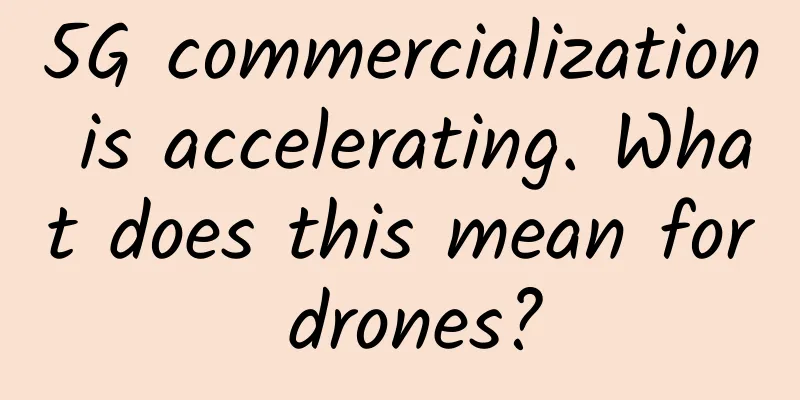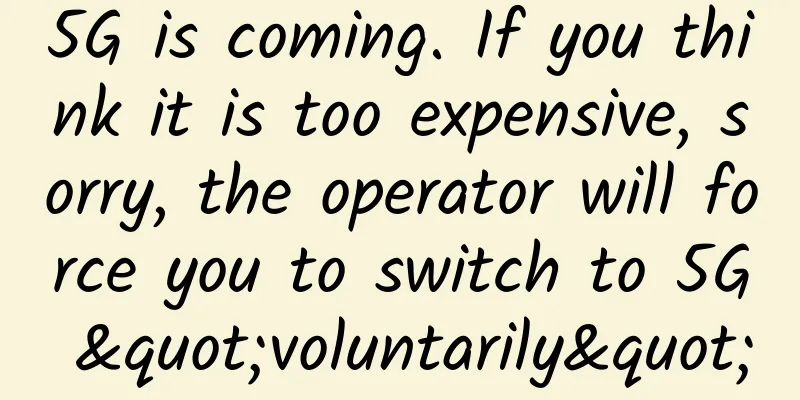Talk about TCP's three-way handshake and four-way wave

|
This article is reprinted from the WeChat public account "Mu Xiaonong", the author is Mu Xiaonong. Please contact Mu Xiaonong's public account to reprint this article. 1. Introduction to Transmission Control Protocol TCP1.1 Introduction TCP (Transmission Control Protocol) is a connection-oriented, reliable, byte-stream-based transport layer communication protocol. TCP is a connection-oriented, reliable, byte-stream-based transport layer communication protocol. TCP packages user data into segments, starts a timer after sending, confirms the data received at the other end, reorders out-of-order data, and discards duplicate data. TCP regards connection as the most basic object. Each TCP connection has two endpoints, which we call sockets. The port number is concatenated with the IP address to form a socket, for example, 192.1.1.6:50030 1.2 Features Connection-oriented, reliable, byte stream-based transport layer communication protocol The TCP layer that divides the application layer data stream into segments and sends them to the target node The data packets have sequence numbers. If the other party receives them, they will send an ACK confirmation. If they are not received, they will retransmit. Use checksums to verify that data has not been erroneously transmitted. 2. TCP Header1. Source Port/Destination Port: They each occupy 2 bytes, indicating where the message comes from (source port) and to which upper layer protocol or application (destination port). When performing TCP communication, the client usually uses a temporary port number automatically selected by the system, while the server usually uses a well-known service port number or a self-specified port number (for example, the DNS protocol corresponds to port 53, and the HTTP protocol corresponds to port 80). 2. Sequence Number: Occupies four bytes. TCP is byte stream oriented. Each byte in the byte stream transmitted in a TCP connection is numbered in sequence. For example, if the sequence number field value of a message is 107, and the data it carries has a total of 100 fields, if the next message comes, the sequence number starts from 207 (100+107). The starting sequence number of the entire byte stream to be transmitted must be set when the connection is established. The sequence number field value in the header refers to the sequence number of the first byte of the data sent in this message segment. 3. Acknowledgment Number: 4 bytes, which is the sequence number of the first data byte expected to be received from the other party in the next message segment. If the acknowledgment number = N, it means that all data up to sequence number N-1 have been received correctly. For example, B receives a message sent by A, whose sequence number field is 301, and the data length is 200 bytes, which means that B has correctly received the data from A up to sequence number 500 (301+200-1). Therefore, B hopes to receive the next data sequence number of A is 501, so B will set the ACK acknowledgment number to 501 in the acknowledgment segment sent to A. 4. Data Offset: 4 bytes. Indicates how far the data start of the TCP segment is from the start of the segment. This field actually indicates the length of the TCP segment header. Since there are option fields with uncertain lengths in the header, the data offset field is necessary. The unit is 32-bit words, which is 4 bytes. The maximum representation of 4-bit binary is 15, so the data offset is the maximum 60 bytes of the TCP header. 5. Reserved: 6 bytes. Reserved field 6. TCP Flags: Control bit, composed of eight flag bits, each flag bit represents the control function. We mainly introduce the six commonly used TCP Flags.
7. Window: It is a means of TCP flow control. The window here refers to the Receiver Window (RWND). It tells the other party how many bytes of data the TCP receive buffer can accommodate, so that the speed of sending data can be controlled. 8. Checksum: The check range includes the header and data, which are filled by the sender. The receiver performs the CRC algorithm on the TCP segment to check whether the TCP segment is damaged during transmission. This is also an important guarantee for TCP reliable transmission. 9. Urgent Pointer: The urgent pointer is only meaningful when URG=1. It indicates the number of bytes of urgent data in this segment (normal data follows the end of urgent data). Therefore, the urgent pointer indicates the position of the end of the urgent data in the segment. When all urgent data is processed, TCP tells the application to resume normal operation. It is worth noting that urgent data can be sent even when the window is zero. 10. TCP Options: Variable length, up to 40 bytes. When "options" are not used, the TCP header length is 20 bytes. 3. TCP three-way handshakeThe so-called three-way handshake is to establish a TCP connection, which means that when establishing a TCP connection, the client and the server need to send a total of 3 packets to confirm the establishment of the connection. In socket programming, this process is triggered by the client executing connect. The whole process is shown in the figure below: In the TCP/IP protocol, the TCP protocol provides reliable connection services and uses a three-way handshake to establish a connection. First handshake: When establishing a connection, the client sends a SYN packet (syn=j) to the server and enters the SYN_SEND state, waiting for the server to confirm. SYN: Synchronize Sequence Numbers. Second handshake: When the server receives the SYN packet, it must confirm the client's SYN (ack=j+1) and send a SYN packet (syn=k) at the same time, that is, a SYN+ACK packet. At this time, the server enters the SYN_RECV state; The third handshake: The client receives the SYN + ACK packet from the server and sends a confirmation packet ACK (ack=k+1) to the server. After this packet is sent, the client and server enter the ESTABLISHED (TCP connection successful) state, completing the three-way handshake. 3.1 Why is a three-way handshake required to establish a connection?
3.2 Hidden danger of the first handshake - SYN timeout 1. Analysis of the cause of the problem:
2. Protection measures against SYN Flood: When the SYN queue is full, the SYN cookie [source port + destination port + timestamp] will be sent through the tcp_syncookies parameter If it is a normal connection, the Client will send back the SYN Cookie and establish the connection directly; 3.3 Keep-alive mechanism: What if the Client fails after we establish a connection? Send a keep-alive detection message to the other party, and continue to send if no response is received; If the number of attempts reaches the keep-alive detection number and no response is received, the connection is terminated; 4. TCP's four wavesThe so-called Four-Way Wavehand, which terminates a TCP connection, means that when a TCP connection is disconnected, the client and the server need to send a total of 4 packets to confirm the disconnection. In socket programming, this process is triggered by either the client or the server executing close. The whole process is shown in the figure below: Since TCP connection is full-duplex, each direction must be closed separately. The principle is that when one party completes the data sending task, it sends a FIN to terminate the connection in this direction. Receiving a FIN only means that there is no data flow in this direction, that is, no more data will be received, but data can still be sent on this TCP connection until FIN is sent in this direction. The party that closes first will perform an active close, while the other party will perform a passive close.
1. Why is there a TIME_WAIT state? After receiving the end segment from the server, the client connection will not directly enter the CLOSED state, but will move to the TIME_WAIT state. In this state, the client connection has to wait for a period of 2MSL, which is twice the maximum lifetime of the segment, before it can be completely closed. There are two main reasons for this:
2. Why is a four-way handshake required to disconnect? Because TCP connection is a full-duplex network protocol, it allows both parties to send and receive data at the same time. It also allows the connection in both directions to be closed independently to avoid the situation where the client has finished sending data and sends FIN to the server to close the connection, while the server has not yet finished sending data to the client. Therefore, closing a TCP connection requires four handshakes. Each time a connection in one direction is closed, two handshakes, FIN and ACK, are required. Both the sender and the receiver need FIN and ACK messages. 3. Reasons why a large number of CLOSE_WAIT states appear on the server This is because the other party closed the socket connection, and we were busy reading or writing and did not close the connection in time. When the client sends a FIN signal before the server for some reason, the server will be closed passively. If the server does not actively close the socket and send FIN to the client, the server socket will be in CLOSEWAIT state (not LASTACK state). Generally speaking, a CLOSEWAIT will last at least 2 hours (the system default timeout is 7200 seconds, which is 2 hours). If the server program causes a lot of CLOSEWAIT to consume resources for some reason, the system will usually crash before the release moment. Solution: 1. Check the code, especially the code that releases resources 2. Check the configuration, especially the thread configuration that handles the request Check code for Linux:
V. ConclusionThis concludes the discussion of TCP's three-way handshake and four-way wave. I haven't written a technical article for a long time. I wrote a few and felt it was pretty good. The above is the blogger's understanding. If there are any poorly written parts, you can discuss or ask questions in the comment section. |
>>: Where is the future of 5G terminals?
Recommend
As the competition for 6G gathers momentum, can China continue to lead the world?
Globally, 5G network construction is in full swin...
Slow SQL Management Sharing
[[415145]] Why do you want to do this? 1 What is ...
Let's talk about DNS formal verification technology
background The Domain Name System (DNS) is a dist...
In the 5G era, how do the three major operators fight the edge war?
5G makes the Internet of Everything possible. Whi...
Huawei launches Intelligent Body and works with partners to build full-scenario intelligence
[Shanghai, China, September 24, 2020] During HUAW...
Servers are attacked for nothing? It’s because the high-defense system is not well-prepared
The development of cloud servers is unstoppable. ...
my country has built the world's largest 4G network
On January 6, the Ministry of Science and Technol...
Standard Internet site update, promotional cloud server starting from 188 yuan/year
New Year, New Atmosphere. Pesyun Standard Interco...
How does 5G combine with the Internet of Things?
Until now, there are still a lot of voices in the...
A brief discussion on operation and maintenance under SDN architecture
At present, the domestic network operation and ma...
How to choose an Internet service provider
Finding the right service provider can be challen...
The TCP three-way handshake is well-known, but what about unexpected situations? What about packet loss? What about intentional non-reply of ACK?
[[312203]] 1. Preface When we talk about the TCP ...
Rethinking the future of 5G through the lens of extended reality (XR)
5G technology is developing globally, and Singapo...
UFOVPS limited 10% off + recharge rebate, US CN2 GIA/Hong Kong CN2 GIA/Japan CN2 GIA optional
UFOVPS is a Chinese hosting company founded in 20...
5G development is gradually spreading like wildfire, and China is expected to take the lead
5G is a new generation of communication technolog...
